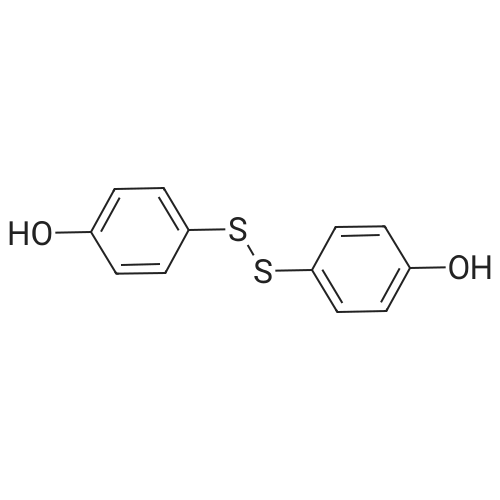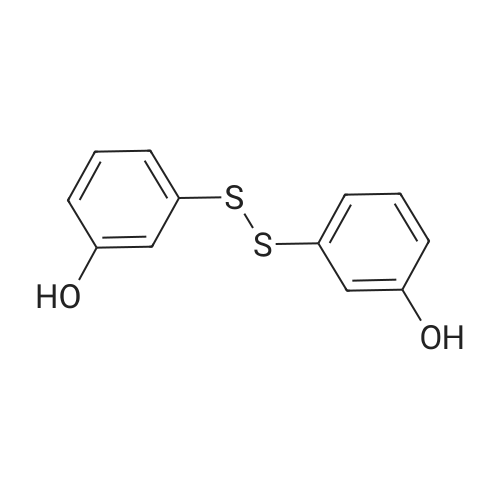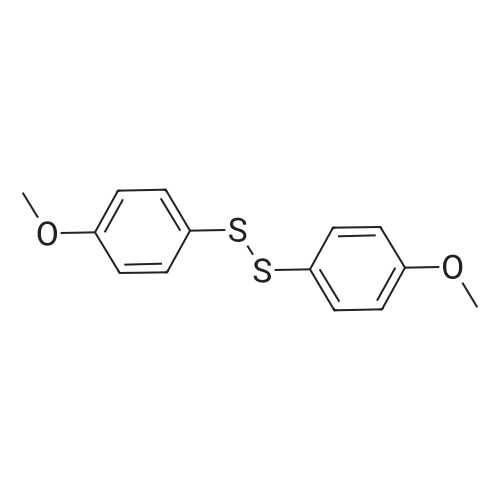Reprocessable Covalent Adaptable Networks via Free-RadicalPolymerization with an Aromatic Disulfide Cross-Linker
Mathew J. Suazo
;
John M. Torkelson
;
ACS Appl. Polym. Mater.,2024,6(15):9209-9218.
DOI:
10.1021/acsapm.4c01580
More
Abstract: Aromatic disulfides have seen widespread use in covalent adaptable networks (CANs), though previous studies have exclusively used step-growth methods to integrate them into CANs. Here, we describe a case in which an aromatic disulfide-based cross-linker, bis(4-methacryloyloxyphenyl) disulfide, also called BiPheS methacrylate or BPMA, is incorporated into a CAN by nonstep-growth polymerization. Free-radical copolymerization of n-hexyl methacrylate with 5 mol % BPMA results in a CAN which exhibits full recovery of cross-link density and thermomechanical properties across multiple reprocessing cycles. The CAN rubbery-plateau storage modulus is directly proportional to absolute temperature, characteristic of a constant cross-link density, even at temperatures where the CAN is reprocessable. Indeed, the BPMA-based CAN exhibits a constant cross-link density, and thus associative dynamic character, at temperatures up to at least 200 °C, enabling it to be used in elevated-temperature applications without risk of loss of network character. Under a 3.0 kPa shear stress, the CAN exhibits almost total arrest of creep up to 180 °C and major creep suppression at its reprocessing temperature of 200 °C, overcoming a potential Achilles’ heel associated with CANs. Thus, the integration of aromatic disulfides into CANs by free-radical polymerization provides a facile route to produce recyclable networks that maintain network character at very high temperature, contributing to polymer network sustainability. Finally, we determined an Arrhenius apparent activation energy of ~100 kJ/mol for the CAN stress relaxation and creep viscosity. This value differs substantially from the BPMA bond dissociation energy but agrees with the activation energy for the alpha-relaxation of poly(n-hexyl methacrylate) (PHMA). This indicates that the temperature dependence of these viscoelastic responses in our associative-type CAN is defined by the temperature dependence of the cooperative segmental mobility of PHMA, which makes up 95 mol % of the CAN.
Keywords:
covalent adaptable network ;
aromatic disulfide ;
polymer ;
free radical polymerization ;
dynamic chemistry ;
creep suppression
Purchased from AmBeed:
15015-57-3

Extrudable and highly creep-resistant covalent adaptable networks made from polyethylene and ethylene/1-octene copolymers by reactive processing with aromatic disulfide cross-links
Suazo, Mathew
;
Fenimore, Logan
;
Barbon, Stephanie
, et al.
ChemRxiv,2024.
DOI:
10.26434/chemrxiv-2024-86tvm
More
Abstract: Polyolefins like polyethylene (PE) and ethylene-based copolymers are widely used in consumer and industrial applications due to their versatility, the diversity and tunability of their properties, and their theoretical recyclability at elevated temperatures. However, their recycling rates are markedly low, and, though the cross-linking of PE enhances its properties through the creation of a networked architecture, the resulting thermoset known as PEX is rendered completely unrecyclable. Incorporating associative or dissociative dynamic covalent bonds as cross-links into plastics like PE is a promising route both to make use of spent plastics (via “upcycling” them) and to generate recyclable alternatives to unrecyclable thermosets like PEX. Such materials are known as covalent adaptable networks or CANs (also called vitrimers if the cross-links are exclusively associative). Here, we present a method for imbuing ethylene-based polymers with aromatic disulfide dynamic covalent cross-links, resulting in robust, reprocessable CANs. Radical-based reactive processing of PE and ethylene/1-octene-based copolymers with 1 wt% dicumyl peroxide and 5 wt% bis(4-methacryloyloxyphenyl) disulfide (BiPheS methacrylate or BPMA) successfully resulted in CANs which fully recovered their cross-link densities and associated thermomechanical properties after multiple reprocessing cycles. These CANs demonstrate remarkable elevated-temperature creep resistance due to the high-temperature thermal stability and high temperatures required for exchanges of the BiPheS-based cross-links. BiPheS-based cross-links in PE and ethylene-based copolymer CANs also enable their (re)processability via extrusion at elevated temperatures, with property recovery demonstrated with extrusion temperatures as high as 260 °C, thereby indicating the feasibility of extending our approach to industrial scales and processes as well as other rigorous applications.
Purchased from AmBeed:
15015-57-3

High glass transition catalyst-free fire-retardant polybenzoxazine vitrimer through solventless one-pot method
Festus Ifeanyi Anagwu
;
Alex A. Skordos
;
ChemRxiv,2023.
DOI:
10.26434/chemrxiv-2023-c4dgb
More
Abstract: A high-temperature polybenzoxazine vitrimer has been synthesised by a solventless one-potmethod involving the Mannich condensation of a phenolic disulphide, paraformaldehyde andaniline. The polybenzoxazine has a glass transition temperature of 155℃ and exhibitsthermosetting behaviour below the glass transition temperature. Dynamic bond exchangeenabled by disulphide metathesis associated with a topological freezing temperature of 78℃ results in healing over the glass transition temperature. The system is reprocessable at 190℃ has a glassy modulus of 3.6 GPa, and a limiting oxygen index (LOl) of 40.5%. The combinationof thermosetting character, ease of synthesis, good processability, fire retardancy andreprocessability of this polybenzoxazine vitrimer system make it an attractive candidatematerial solution as a matrix for recyclable and self-repairable aerospace thermosettingcontinuous fibre composites.
Keywords:
Composites ;
benzoxazine ;
vitrimer ;
self-healing
Purchased from AmBeed:
15015-57-3


 Chemistry
Chemistry
 Pharmaceutical Intermediates
Pharmaceutical Intermediates
 Inhibitors/Agonists
Inhibitors/Agonists
 Material Science
Material Science















 For Research Only
For Research Only
 120K+ Compounds
120K+ Compounds
 Competitive Price
Competitive Price
 1-2 Day Shipping
1-2 Day Shipping









